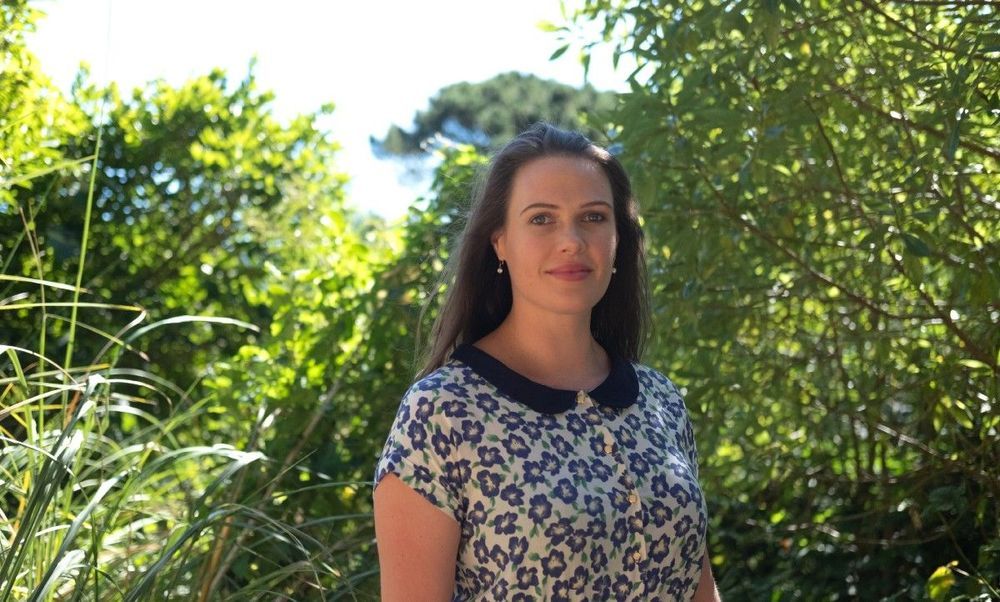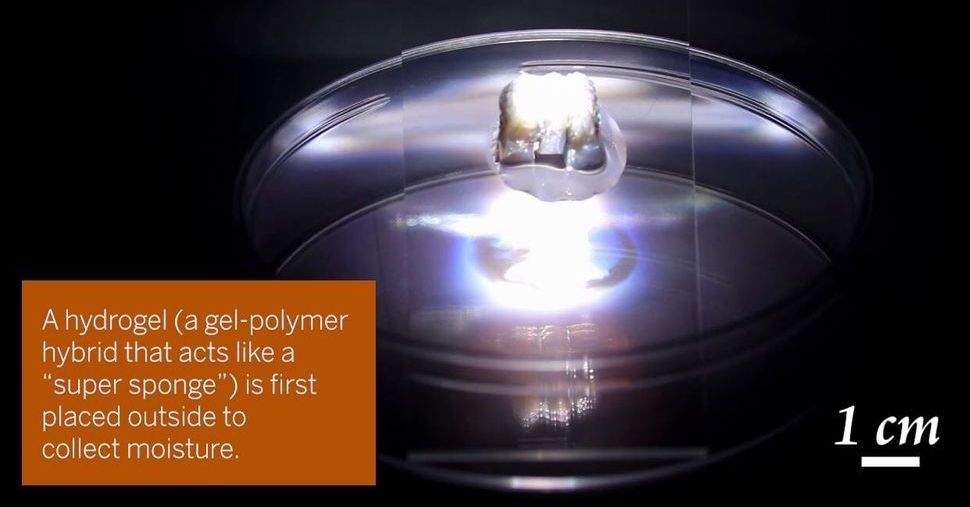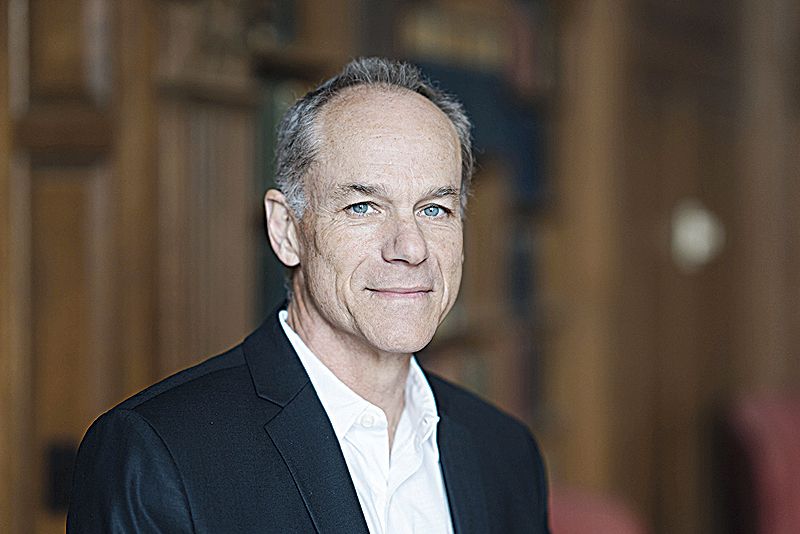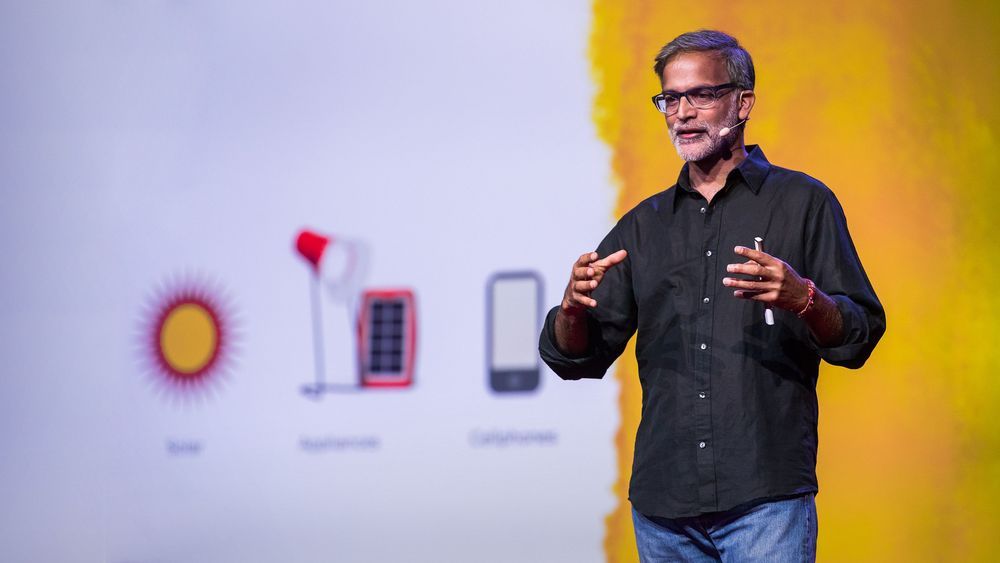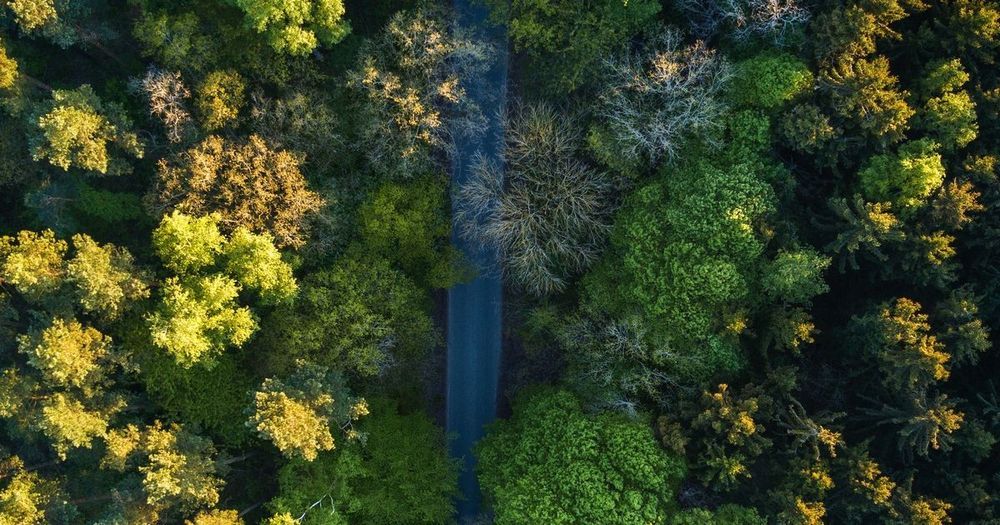Another possibility for an alternative to traditional plastics?
A substance made by solitary bees.
Sometimes the answers to life’s most complicated questions are hidden in the smallest details. That’s a truth Veronica Harwood-Stevenson discovered when she found there might be a way to create a sustainable alternative to plastic products by mimicking a natural substance produced by bees.
You have probably encountered your fair share of honey bees and bumble bees in your life, but fewer people know about solitary bees — a name for the 20,000+ species of bees that live on their own apart from a hive or colony.
These bees do not produce honey or wax, but they do make a material to waterproof their nests and protect their larvae from the environment that has shown resistance to heat, naked flames, acids, bases, and solvents.
